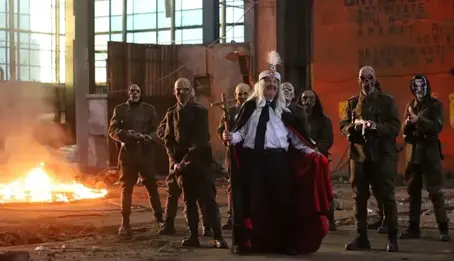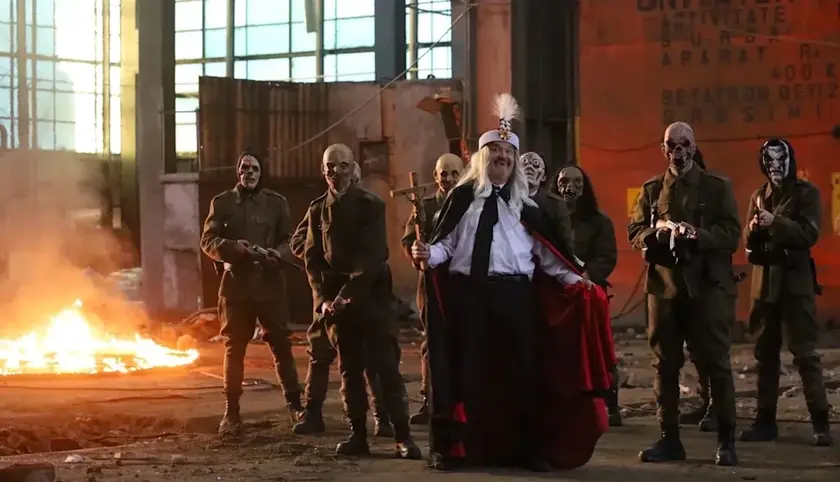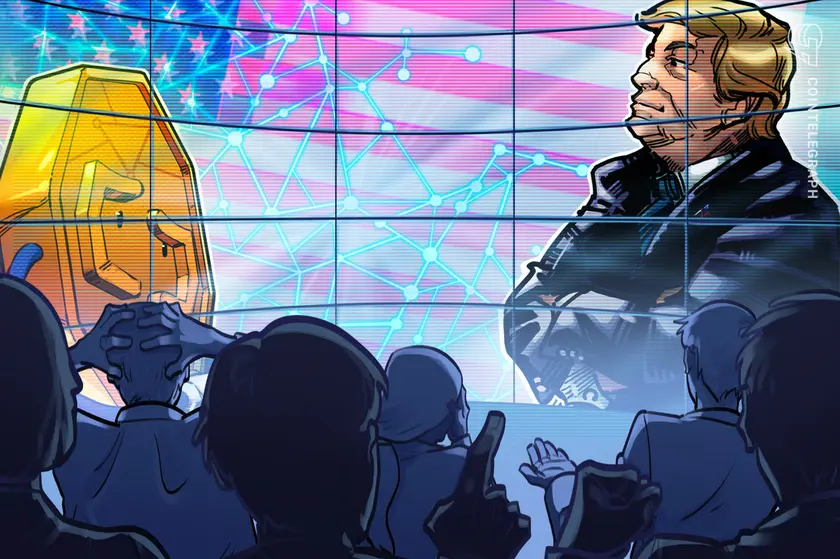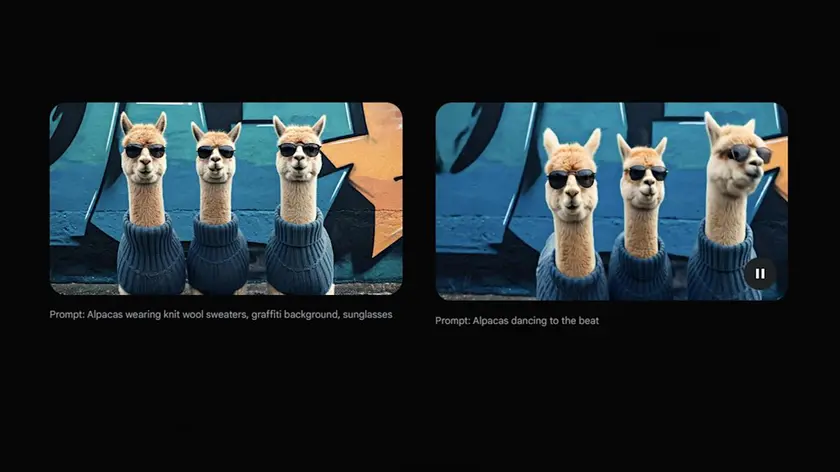T4K3.news
Dracula uses AI to roast AI
Radu Jude uses Dracula as a vehicle to critique history, labor and image making through AI driven satire at Locarno 2025.

A critical look at how the film blends vampire myth with AI satire to probe art, history, and tech culture.
Radu Jude uses Dracula to roast AI
Radu Jude’s Dracula runs about three hours and arrives at Locarno with a bold, messy energy. A Transylvanian director named Adonis Tanța relies on an AI bot to brainstorm riffs on Vlad the Impaler, and the project is framed by a wraparound narrative that invites the audience into a theater where history is up for grabs. Shot on an iPhone, the film stitches together vignettes that riff on Nosferatu, Coppola, and other landmarks while testing how far AI can push the imagination. The result is a collage that treats AI as a disruptive tool rather than a single solution to storytelling.
Jude’s method mixes sharp humor with blunt vulgarity to argue that technology merely exposes the appetites that have always powered culture. The segments range from a vintage Romanian setting to a modern gaming world and a satirical take on a romance novel, all while posing questions about authorship, labor, and the ethics of image making. The film is anchored by a theater show in Transylvania where the audience dictates the myth, highlighting how AI can echo the hunger of spectators even as it mocks the drive to please them.
Key Takeaways
"AI is a mirror that shows how we crave control over images"
Editorial takeaway about the film's use of AI
"Dracula becomes a business model in a digital age"
A vignette where the vampire runs a gaming company
"History eats the present and calls it progress"
Framework idea echoed throughout the film
The film speaks to a larger cultural moment in which AI sits at the center of artistic debate. Jude uses a love-hate relationship with the machine to spotlight a pattern: new tech arrives as a mirror that reflects old power dynamics and market incentives. By layering high and low culture, he asks viewers to consider not what AI can do, but what we want it to say about us. This approach turns the film into a critical tool for examining our own complicity in image making and exploitation.
A potential risk is that the satire may polarize audiences. Some will see it as a necessary provocation about tech culture, while others may view it as elitist or sensational. The film’s provocative content and references to real figures could spark controversy or backlash, which in turn could shape how viewers talk about AI in art and who gets invited to the conversation. Yet the work also hints at a hopeful possibility: that satire can force a slower, deeper reckoning with the speed and value of digital imagery.
Highlights
- AI mirrors what we crave in image making and control
- History eats the present and calls it progress
- The vampire CEO is a sign of the times
- Jude treats AI as a tool to test our own ethics
AI satire may trigger backlash and controversy
The film’s provocative content, depictions of real figures, and explicit material could provoke political or public backlash and spark debates about AI in art and intellectual property. The reception may vary by region and audience, affecting future distribution and funding decisions.
The film leaves a lingering question about what counts as progress when the past keeps feeding the future.
Enjoyed this? Let your friends know!
Related News

Dracula at Locarno

Dracula fuels festival talk

South Park mocks Trump crypto ties

Google unveils private access to new AI video model

Reflection on AI's role in creativity

AI health guidance delays cancer diagnosis
Google Pixel 10 ad mocks Apple for Siri delays

OpenAI brings back GPT-4o after backlash
